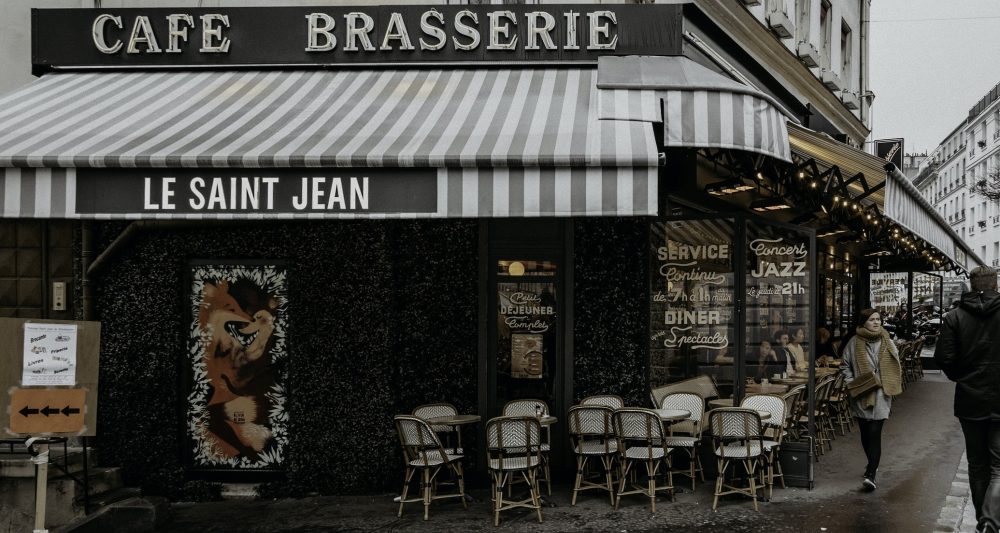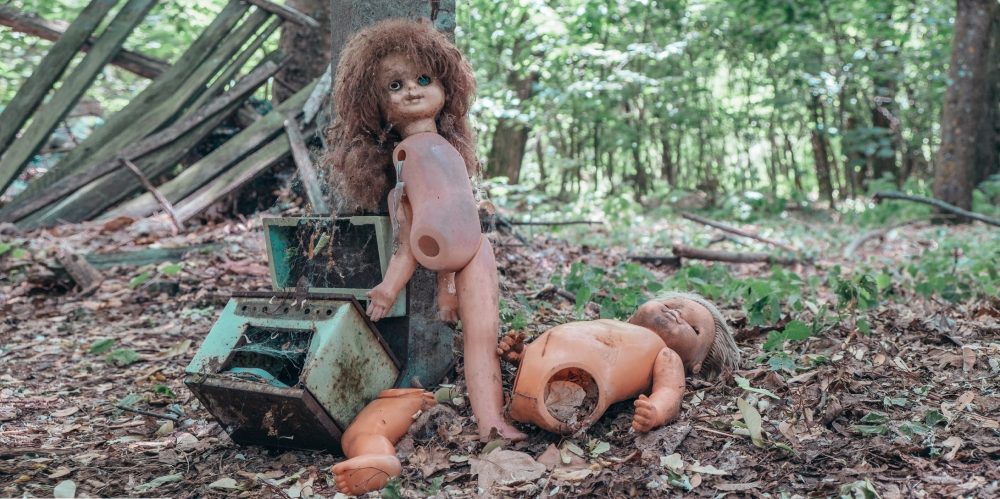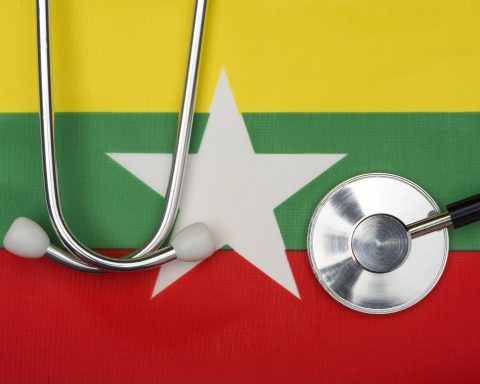
When I returned to England last January after three months in France I reflected in BJGP Life on the different approaches to the pandemic in the two countries, and how this might explain the marked difference in death rate between two very similar populations.1 At that time however the UK was amongst world leaders in its vaccination programme, whilst France was slow to get started. I therefore ended my article with a question “Will this compensate for earlier problems?”
Although the pandemic continues we can now answer that question with a clear “No”. Despite its slower start France has now2 given two doses to slightly more of its population than Britain; 68.1% against 68%.3 and is also a little ahead on those who have had only one dose – 75.9% against 74.4% for the UK. These differences are trivial, but the gap in cases and deaths is not. France has reported almost two million fewer cases than the UK – 7.27million against 9.13 million. This may reflect different testing strategies, but death is a clearer measure. Here the difference is slightly smaller; 119K against 141K. This may indicate that some of the difference in total cases is due to better diagnosis, or perhaps to more infections in low risk young people – France has different, possibly stricter rules to control Covid in schools.
A difference in 20,000 Covid deaths in almost identical populations is substantial, but it may reflect to lower criteria for attributing deaths to Covid in the UK; if this were so then the difference in total excess deaths compared to average years would be smaller. In fact it is greater – France reported 70K excess deaths this year to October 3rd, whereas the UK reported 119K to October 10th. It seems unlikely that a week’s difference in reporting date could explain 49, 000 deaths. The gap in current figures is even more striking. Total daily cases in France are just under 6,000 but in the UK the figure is around 38,000; daily deaths are 30 against 145 iv. Although figures in the UK are falling whilst those in France are rising it will take some time to close the gap.
So why does France seem to be so much better at protecting its population than the UK?
In contrast in France “masque obligatoire” signs are everywhere. They are required in virtually all public indoor environments; shops, cafes, restaurants, buses, cinemas, theatres etc. They are no longer required outdoors except in crowded venues like open air markets, but many people still wear them in the street – if not then they are readily available on their chin or hand. There is not much sign of external enforcement, but when we called unexpectedly at a very well ventilated farm shop in the country and I had forgotten my mask the owner insisted on giving me one, saying that otherwise the gendarme might fine us.
In France “masque obligatoire” signs are everywhere.
Although (this being France) there are demonstrations and graffiti against these measures, mostly people seem happy to accept these procedures, prioritising fraternité, the protection of others, over liberté. Compared to curfews and lockdowns their impact on social and economic activity is trivial, but it does seem to give a message that the problem has not gone away, which perhaps affects other behaviours; For example a socially distanced queue is common outside bakeries, and the ubiquitous handshaking and kissing which used to start every social contact has ceased (though fist banging seems quite common, especially amongst the young). The easiest way to get a pass sanitaire is by vaccination, and a young man we know who “didn’t think it worth bothering” has just got his first shot to make his life easier. He cannot be the only one.
You are more likely to stop the virus getting though if you have several strategies in place.
You are more likely to stop the virus getting though if you have several strategies in place.
Perhaps our Government should put some cheese as well as eggs in its basket?
References
- Toon PD A tale of two epidemics published BJGP online 19 1 21 https://bjgplife.com/a-tale-of-two-epidemics/ and in the print BJGP.
- All figures are as reported on 2nd November 2021, the time of writing.
- I have used Ourworldindata.org. for these figures. Other sources differ slightly but the differences are not sufficient to affect the general argument.
- These figures are approximate, based on the most recent rolling 7 day average figures published by the respective governments at the time of writing. A 7- day average reduces the instability in figures due to time lags in data collection (for example at weekends).
- Roberts S. The Swiss Cheese Model of Pandemic Defence. New York Times. December 5, 2020.
Featured image by Camille Brodard at Unsplash








